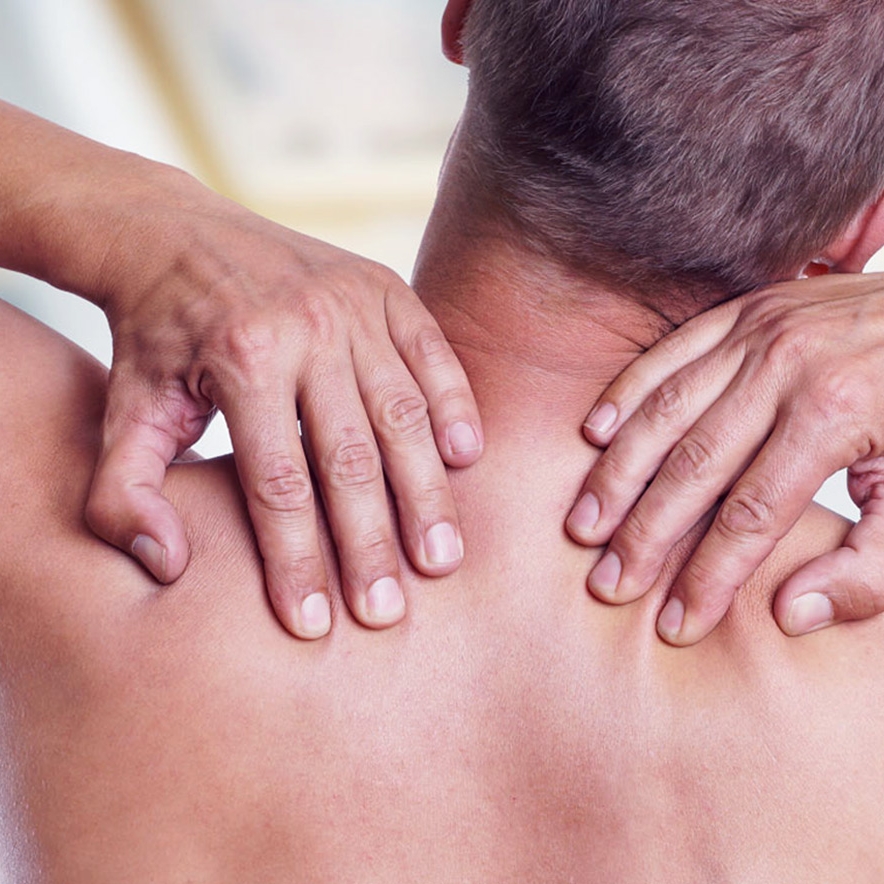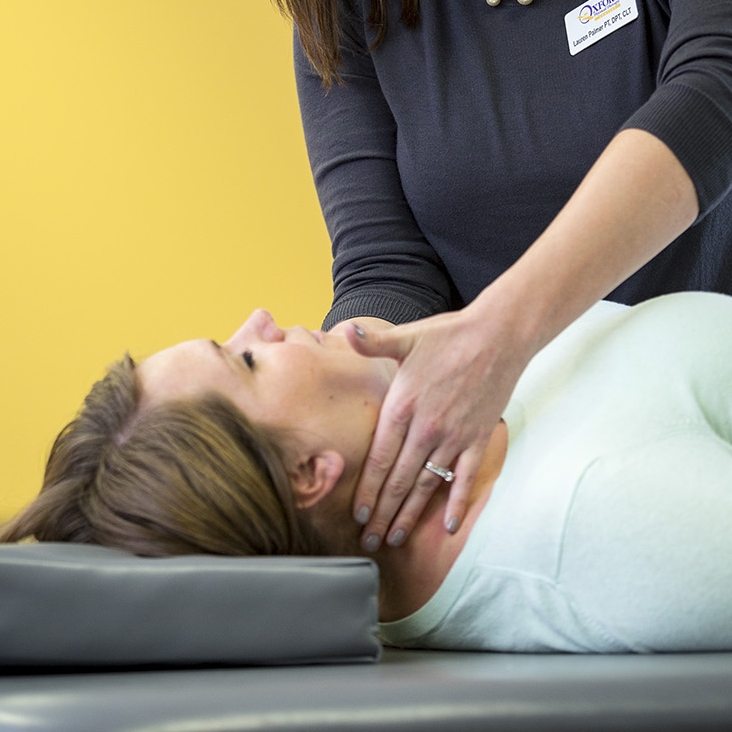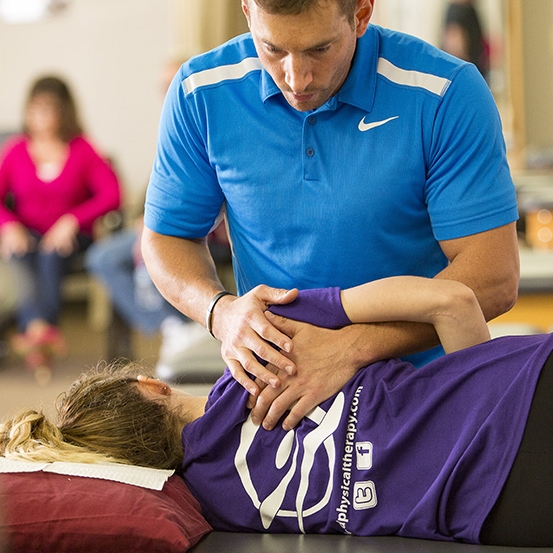Back and Neck
Most injuries that occur with back and neck areas are due to poor positioning at work resulting in weakness and pain. Some of the most common complaints we hear are stiff neck, sciatica pain, and lower back pain. The big focus for these areas are strengthening and postural muscles with treatments using manual or mechanical traction, use of manual skills for joint mobilizations, and focus on use of soft tissue massage to improve overall mobility.
OPTC Patient Care Journey
Your personal OPTC physical therapist will perform a thorough evaluation. Upon completion of your evaluation your physical therapist will design an exercise program tailored to your specific needs and goals.
A large portion of your treatment will also include manual massage, mobilization, and other hands on techniques. Our goal is to work with you and your pain and return you to an active lifestyle.
The following are examples of what might be included in your individualized physical therapy treatment program : Mulligan/ Maitland joint mobilizations, Mackenzie exercises based on extension or flexion, soft tissue mobilization with Graston techniques, ASTYM, modalities for comfort (cold/hot pack, e-stim, ultrasound), dry needling, traction, use of our reformer, and much more!
Below is a list of some of the most common injuries associated with back and neck pain.
Radiculopathy
This is a common complaint with individuals with neck and back pain. Radicular symptoms are defined as pain that is traveling down an extremity; arm or leg. This pain can typically be characterized as a burning, aching, sharp, shooting, numbness, or tingling sensation and is typically as a result of irritation to a nerve root in the spine. Sciatic Pain is a type of radiculopathy that is associated with the above symptoms down the back of the thigh and into the lower leg. This is a result of irritation to the Sciatic Nerve, which is the large nerve that controls the back of the thigh and everything below the knee.
Herniated Disc
This injury can occur throughout the spine but is most commonly seen in the cervical (neck) and lumbar (back) spines. The vertebral disc acts a shock absorber and is between the vertebral (spine) bodies. The disc is made up of circular fibers around the outside and a gel type solution in the middle. As activities are performed, the gel solution moves with different pressure and if put into a certain position and cause the circular fibers to tear; this is called a herniation. If the disc protrudes further out from its normal position, it can put pressure on the nerve. The most common position to injure the disc is being in a flexed (bent over) and rotated position.
Spondylosis
This is most commonly known as degenerative osteoarthritis of the spinal joint which can be normal or abnormal wear and tear. This can cause increased stiffness throughout the spine and can increase pain with activities.
Spondylolisis/
Spondylolethesis
These injuries can occur in the spine and involves damage to the bone. A Spondylolisis is a fracture of the pars interarticularis, which is the portion of the spinal segment that connects the back to the front of that specific segment. A spondylolethesis is a progression of the injury that causes the body (front of the segment) to slide forward and put pressure on nerves.




